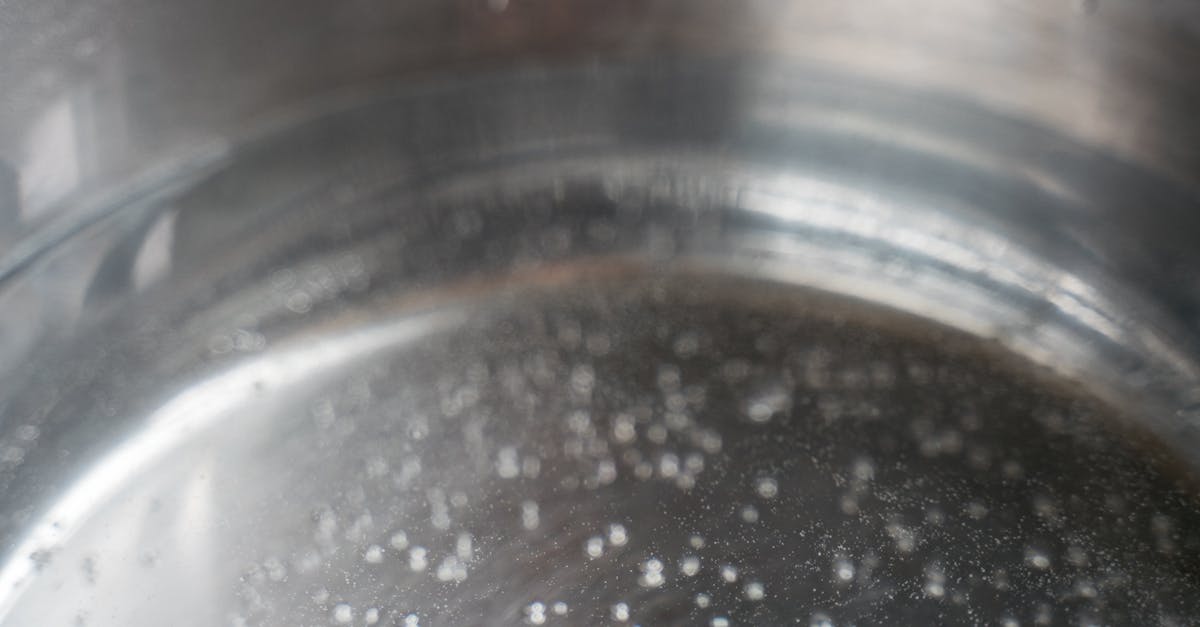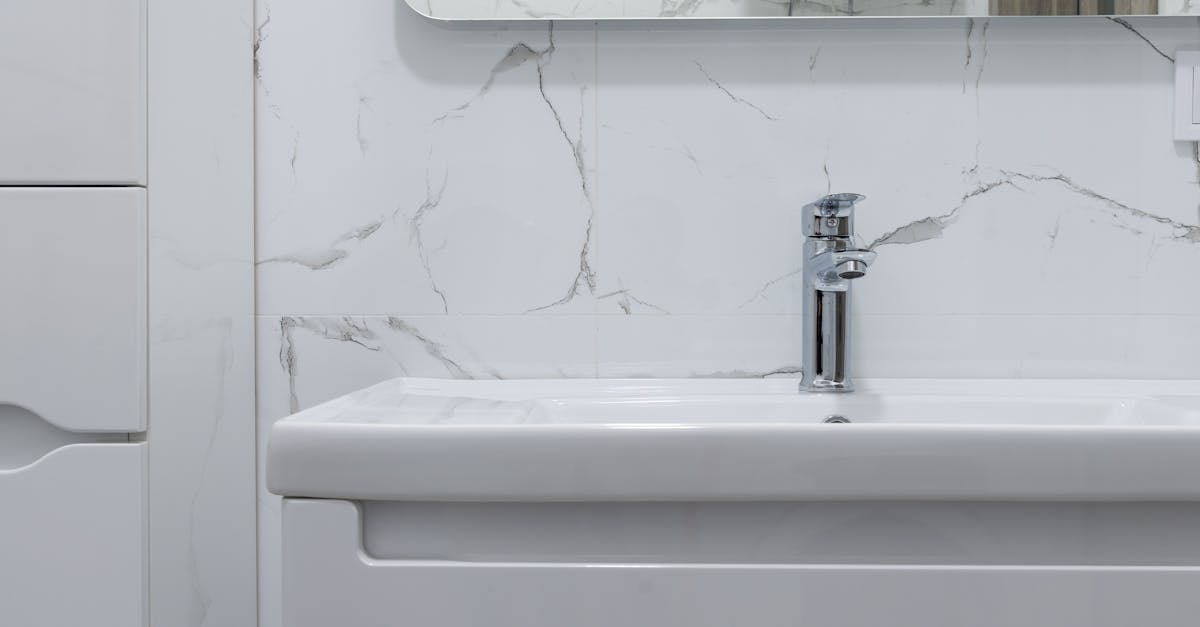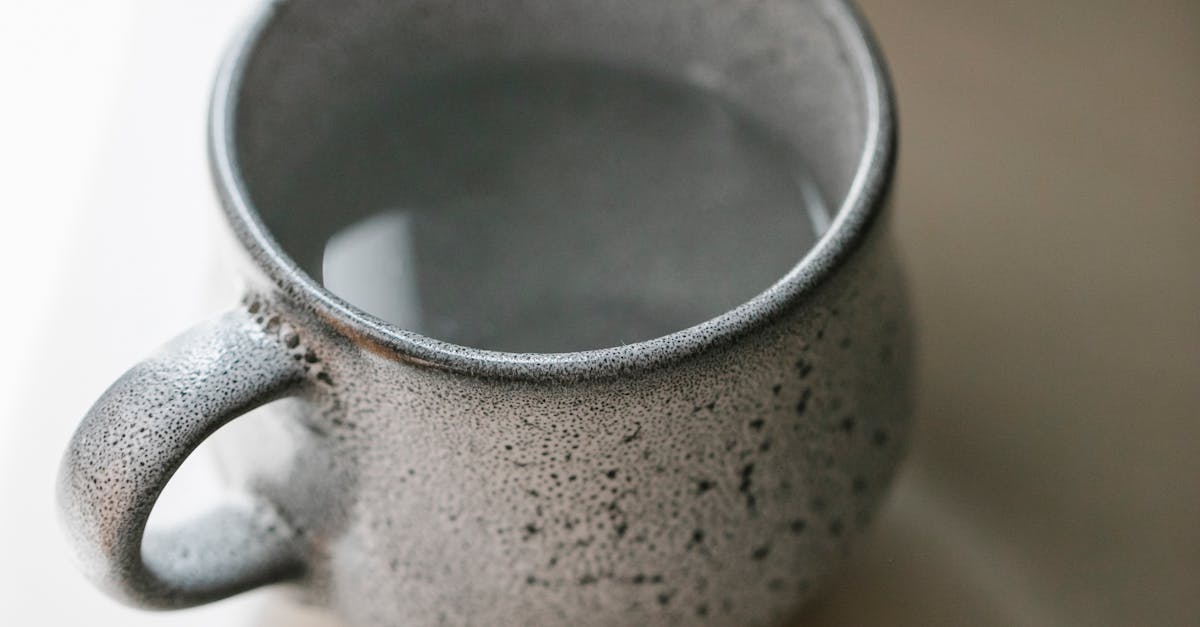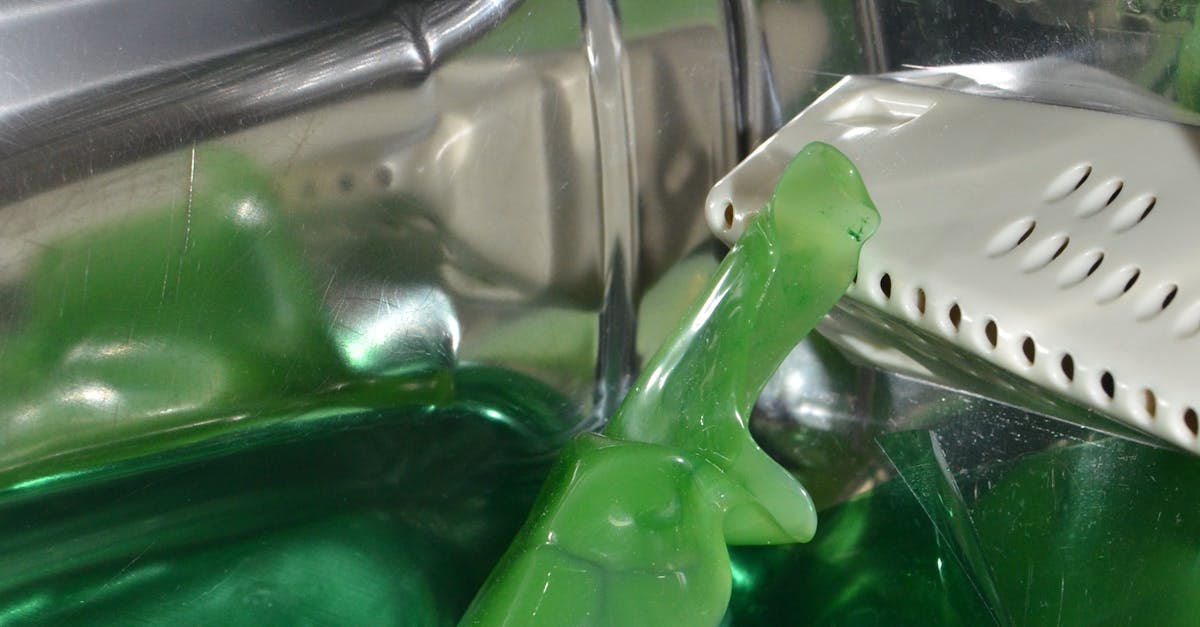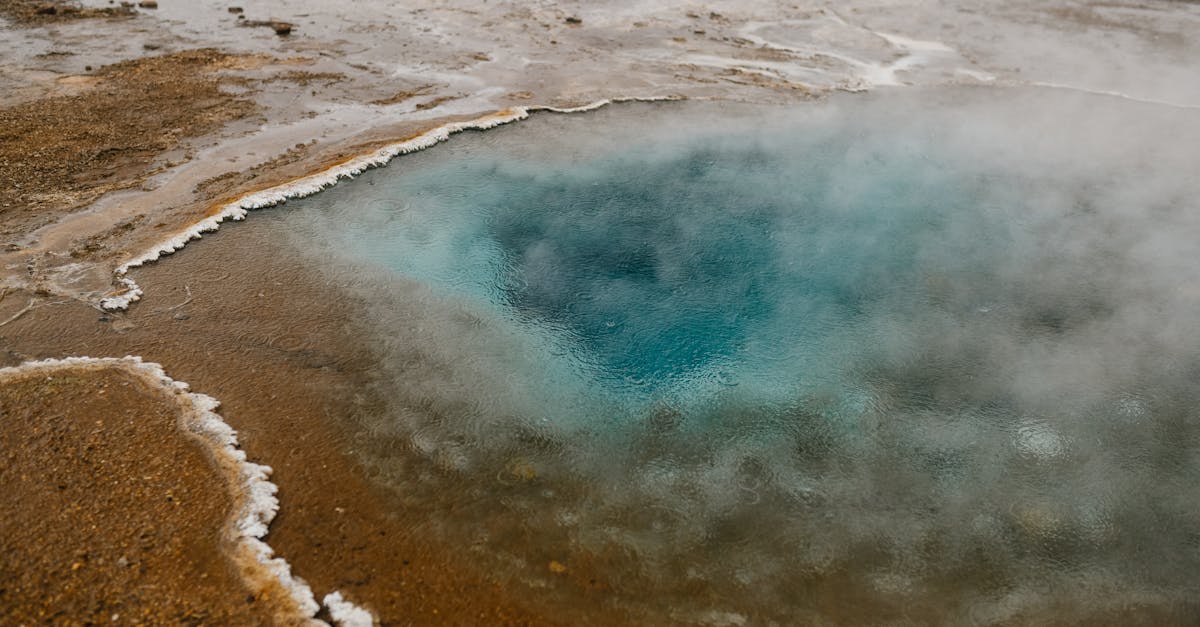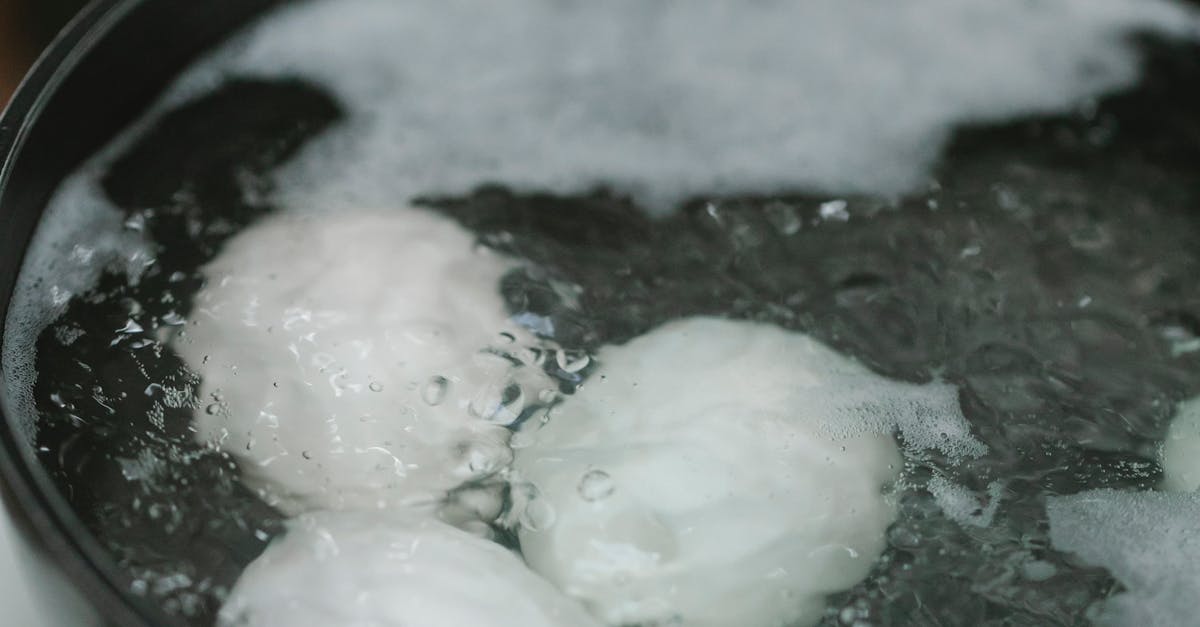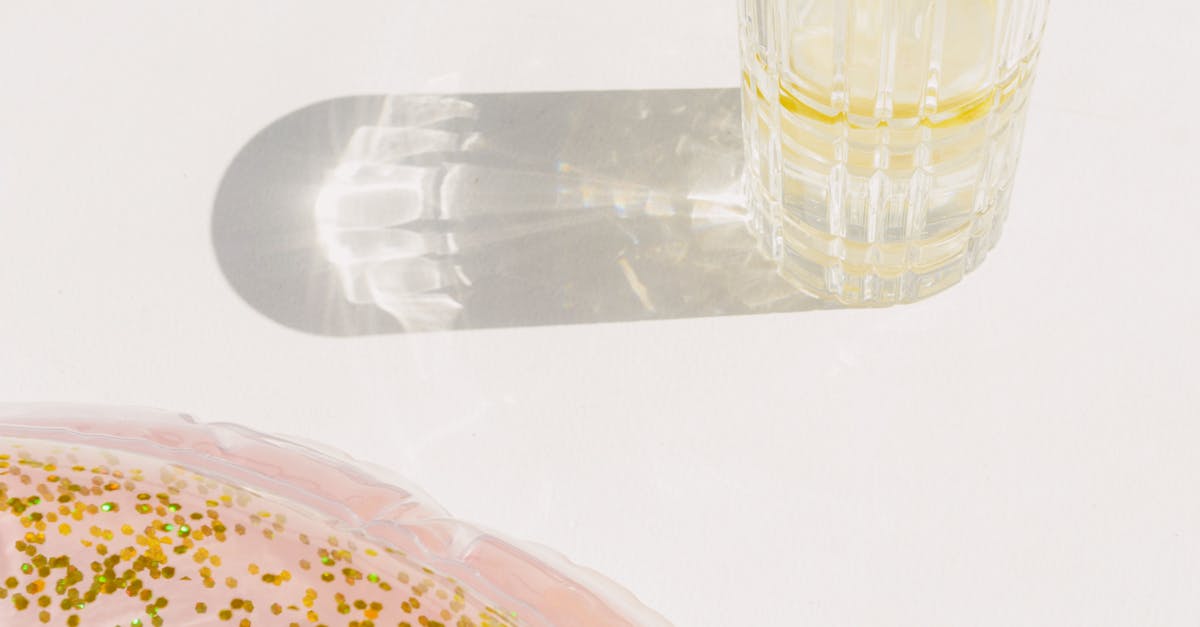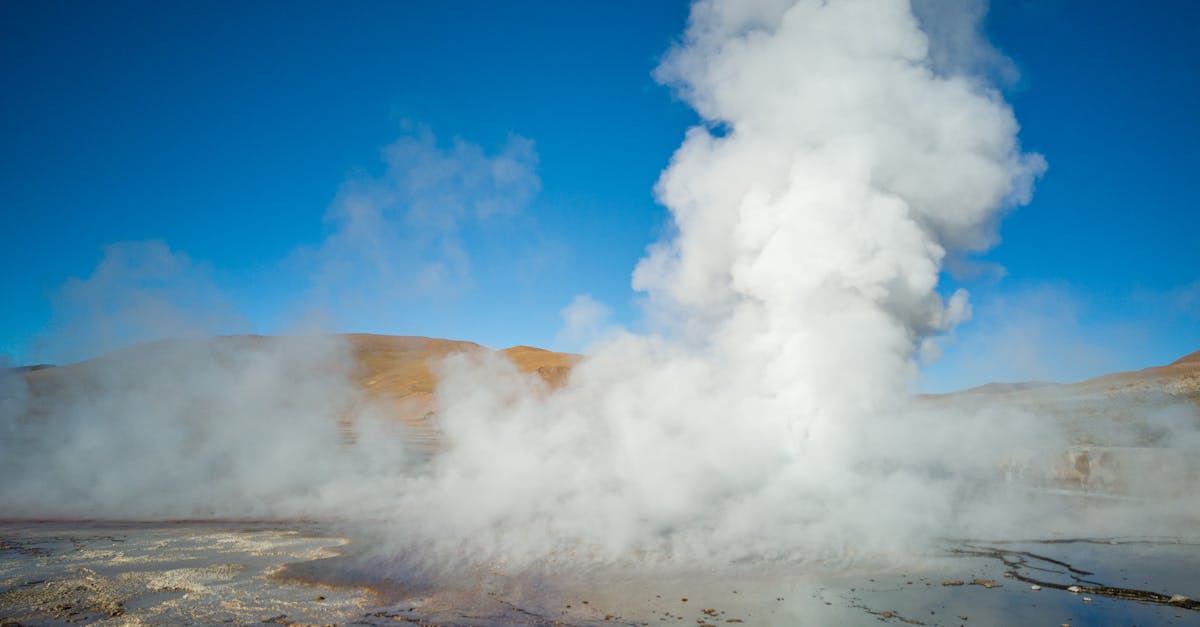
Table Of Contents
Frequency of Flushing Your Hot Water System
Flushing your hot water system is an essential maintenance task that helps to maintain its efficiency and prolong its lifespan. It is generally recommended to flush the system annually to prevent the buildup of sediment and mineral deposits. Areas with hard water may require more frequent flushing, possibly every six months, as the accumulation of minerals can be more significant in such environments. Regular hot water system cleaning not only ensures optimal performance but also improves the quality of hot water delivered to your taps.
Neglecting to flush your hot water system can lead to various issues, including reduced heating efficiency and a shorter lifespan of the unit. Over time, sediment buildup can cause problems like reduced water flow and increased energy consumption. By adhering to a proper flushing schedule, you can mitigate these risks and maintain a reliable hot water system. Implementing a routine for hot water system cleaning can save money on repairs and energy bills while providing peace of mind.
Recommended Maintenance Schedule
Establishing a recommended maintenance schedule for your hot water system is crucial for its longevity and efficiency. Regular inspections and flushing can help prevent mineral buildup and sediment accumulation, which can lead to decreased performance. Experts typically advise flushing the system at least once a year as part of your hot water system cleaning routine. This annual maintenance can enhance the efficiency of the unit and extend its lifespan, ensuring reliable hot water supply.
In addition to the yearly flush, it's advisable to conduct periodic checks every six months. During these inspections, homeowners should look for signs such as discoloration in water or unusual noises from the tank. Addressing potential issues early can save time and money in the long run. Keeping to a maintenance schedule not only promotes optimal function but also minimizes the chances of unexpected breakdowns in your hot water system.
Troubleshooting Common Issues
When conducting Hot Water System Cleaning, you may encounter several common issues that require attention. If you notice cloudy or discolored water during the flushing process, sediment buildup could be the culprit. Flushing is essential to remove mineral deposits that can lead to diminished water quality. Additionally, listen for any unusual noises coming from the unit, such as banging or popping sounds, which often indicate that debris is disrupting the heating elements.
Another potential problem occurs when the water pressure drops significantly during flushing. This may signal a blockage in the pipes or the hot water tank itself. Inspect the inlet and outlet valves for any signs of obstruction. If there are persistent leaks or if the valve does not operate smoothly, it may need replacement. Regular Hot Water System Cleaning can help prevent these issues but being vigilant during maintenance will ensure the system operates efficiently.
How to Address Problems During Flushing
During the flushing process, you may encounter several issues that require immediate attention. If the water flow seems restricted, debris or sediment buildup in the pipes could be the culprit. Turn off the hot water system and check for blockages. Carefully remove any obstructions to restore proper water flow. It is essential to ensure that the valves and connections are tight to prevent leaks.
If you notice unusual noises such as banging or rattling during flushing, this could indicate air trapped in the system. Bleeding the system might be necessary to alleviate this issue. Open a hot water tap to allow air to escape. Monitoring the temperature and pressure gauges is crucial as well. Keeping these indicators in check ensures that your hot water system operates smoothly during the Hot Water System Cleaning.
PostFlushing Care
After completing Hot Water System Cleaning, it is essential to check for any leaks or signs of wear around the fittings and connections. Make sure all components are securely in place. Observing the water temperature and flow rate immediately after the flushing can help identify any irregularities that might arise post-maintenance.
Consider scheduling periodic checks to ensure the system operates efficiently. Regular inspections can help prevent long-term issues and maintain optimal performance. By keeping an eye on the system's functionality, any potential problems can be addressed before they escalate, prolonging the lifespan of your hot water system.
What to Do After Completing the Process
After completing the flushing process, it is essential to check the hot water system for leaks. Inspect all connections and fittings to ensure there are no signs of water escaping, as this could indicate a problem that needs attention. Tightening any loose connections may help resolve minor issues. Allow the system to refill and run for a few minutes to see if everything is operating smoothly.
Once the system is confirmed to be leak-free, turn on the hot water taps to remove any remaining sediment and air from the lines. This step helps ensure that the hot water system is functioning optimally after the Hot Water System Cleaning. Regular monitoring of the system's performance will also help in identifying any potential issues early, making ongoing maintenance easier and more effective.
FAQS
How often should I flush my hot water system in Australia?
It is generally recommended to flush your hot water system at least once a year to remove sediment buildup and maintain efficiency.
What are the signs that my hot water system needs flushing?
Common signs include reduced hot water pressure, discolored water, or strange noises coming from the tank, indicating sediment accumulation.
Can I flush my hot water system myself, or should I hire a professional?
While many homeowners can flush their hot water system themselves, if you are unsure or uncomfortable with the process, it's best to hire a qualified plumber.
What tools do I need to flush my hot water system?
You typically need a garden hose, a bucket, and a wrench to open the drain valve. Additional safety equipment like gloves and goggles is also recommended.
What should I do after flushing my hot water system?
After flushing, ensure that the drain valve is securely closed, refill the tank, check for leaks, and turn the system back on. It’s also good practice to check the temperature setting and inspect the anode rod if applicable.

